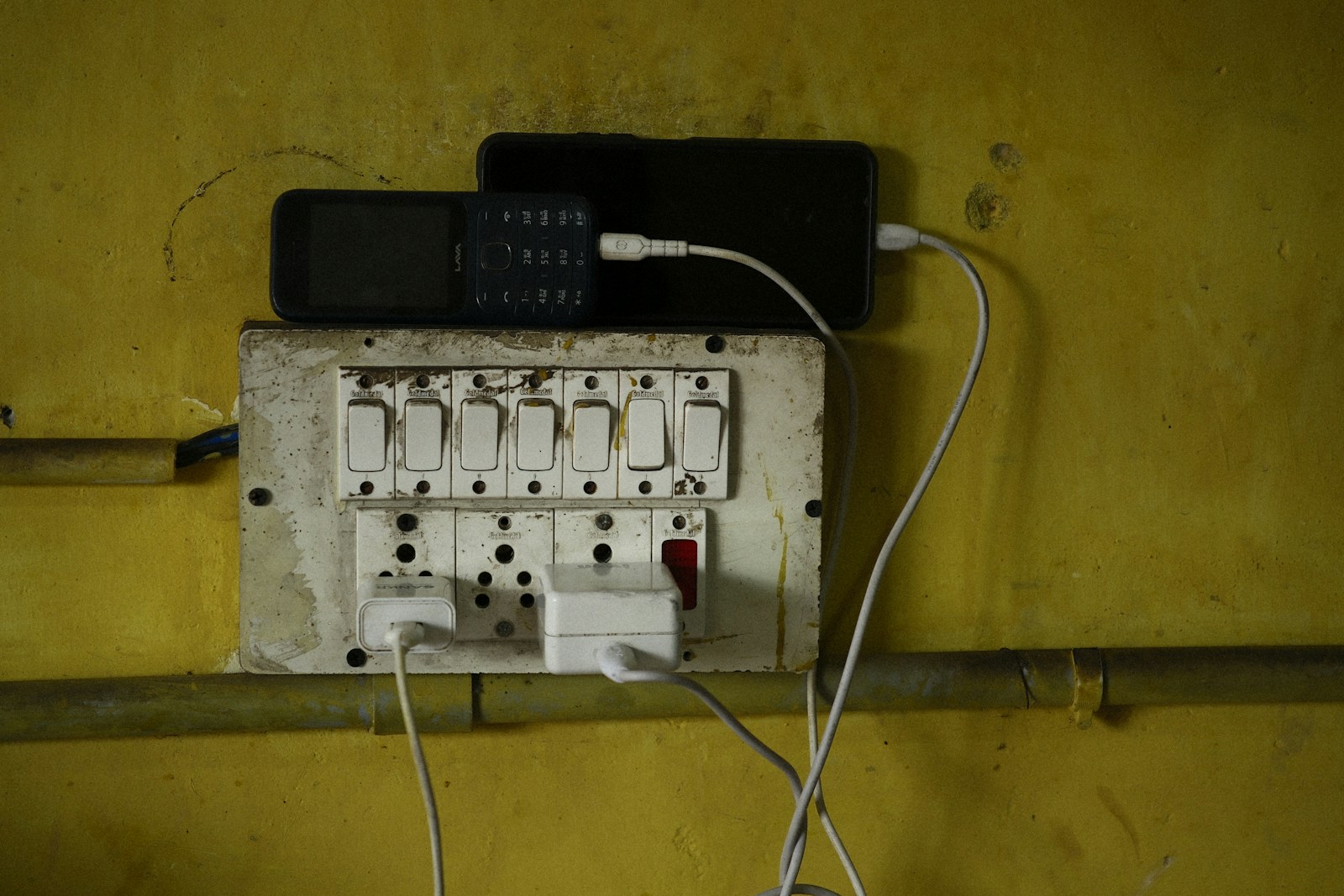Meera, a homemaker from Bangalore, was shocked by rising electricity bills especially during summer months. Rather than cut comfort drastically, she began experimenting with LED bulbs, adjusting AC temperatures, and using fans smartly. Within 3 months, her family’s electricity bill dropped by over ₹1,000 monthly while everyone’s comfort level remained. Her story illustrates that well-informed small tweaks save money and energy—a win-win for pocket and planet.

Simple Habits to Save ₹1,000 on Your Monthly Electricity Bill
| Tip | Estimated Savings (Units/₹) | How to Implement |
|---|---|---|
| Swap incandescent bulbs for LED | 10-26 units / ₹80-₹200 | Replace frequently used bulbs |
| Use star-rated appliances | 20-50 units / ₹150-₹400 | Upgrade fans, fridge, AC to 5-star BEE |
| Raise AC thermostat 2-4°C | 15% reduction in AC power usage | Set AC to 24-26°C instead of 22-23°C |
| Use fans instead of AC | 20 units/day / ₹150 monthly | Use ceiling fans longer where possible |
| Turn off standby devices | 5-10% total savings | Unplug or use power strips |
| Time heavy appliances | Use washing machine/dishwasher in off-peak hours | Save by lower tariff times (check TOD in your area) |
| Maintain appliances | Clean fridge coils, AC filters | Improves efficiency and reduces power consumption |
Understanding Your Electricity Bill: Why ₹1,000 Savings Matters
- Average household pays ₹4-5 per unit in many states; saving 200-250 units leads to ₹1,000+ savings.
- High-usage appliances like ACs and refrigerators contribute majorly to bills; focus on their efficient use.
Real-Life Story: Meera’s Energy-Saving Makeover
Meera replaced all CFL and incandescent bulbs with LEDs costing about ₹10 each. She cleaned AC filters monthly and set thermostat to 25°C. Using fans during daylight reduced AC run-time. Appliances like washing machines were run during evening off-peak hours. She monitored the meter weekly and saw clear savings. Her family comfortably cut ₹1,000 off the bill without hardship.
Frequently Asked Questions (FAQs)
Q: How long does it take to see savings?
A: You can notice lower bills within a month after implementing energy-efficient measures.
Q: Are LED bulbs expensive?
A: Initial cost is higher, but savings and lifespan make LED bulbs cost-effective in 1 year.
Q: Can I retrofit old appliances with energy-saving parts?
A: Yes, like adding smart thermostats or energy-efficient fans helps reduce consumption.
Q: Is solar power a good way to save on electricity bills?
A: Yes, solar installation drastically cuts bills but requires upfront investment and government subsidies can help.
Q: How to reduce AC power usage without discomfort?
A: Raise temperature slightly, use fans for airflow, switch off when not in room.
Useful External Links for More Tips
- How to Reduce Electric Bill: 10 Easy Steps – Cromptoncrompton
- Actionable Science-Based Tips to Save Electricity – Enciserenciser
- Save ₹1,000 on Electricity Bill with Simple Tricks – NDTV Hindindtv
Personal Tips: How to Save Power and Enjoy Comfort
- Replace old bulbs with LEDs gradually to spread cost
- Use timers or smart plugs to automatically switch off appliances
- Regularly maintain appliances to keep efficiency high
- Opt for natural light during daytime as much as possible
- Educate family members to turn off lights and fans when not in use
Conclusion: Small Steps Add Up to Big Savings
Like Meera’s story shows, saving ₹1,000 a month on electricity bills is about awareness, routine changes, and smart appliance choices. Not only does it free money for better uses, but it reduces environmental impact. Start with one or two tips today—it quickly becomes a habit that pays off every month.
Smarter Money Tips for India

Discover our guides on credit cards, loans, insurance, and savings designed for Indian readers.
💡 Explore Indian GuidesI’m the founder of Save With Rupee – I write practical, easy-to-follow guides on Indian money topics — from credit and insurance to side hustles, savings, and investing. My mission is simple: to help everyday people in Indian make smarter financial choices, one Rupee at a time. Click here to more Details
